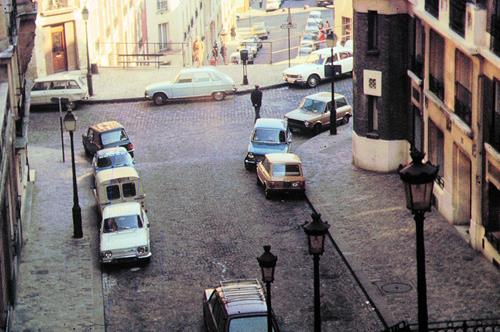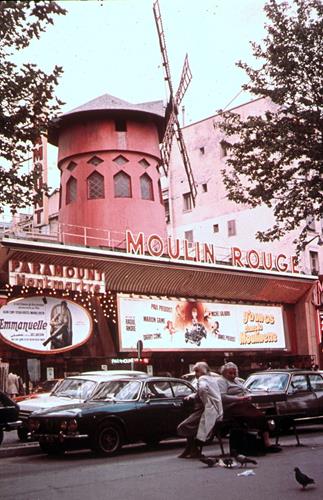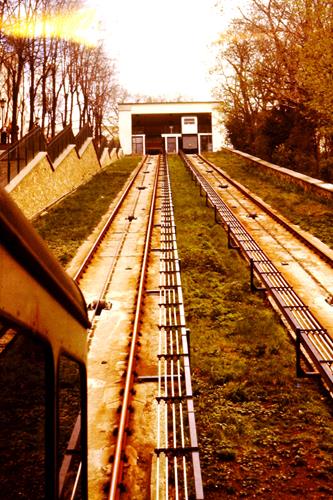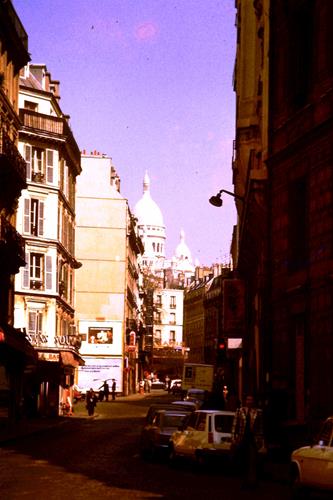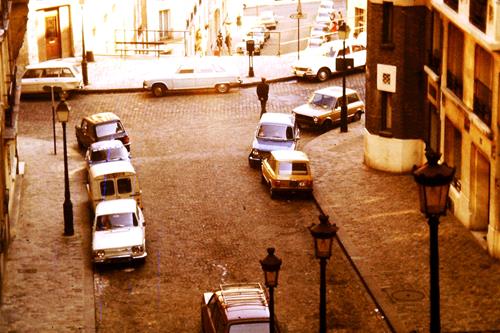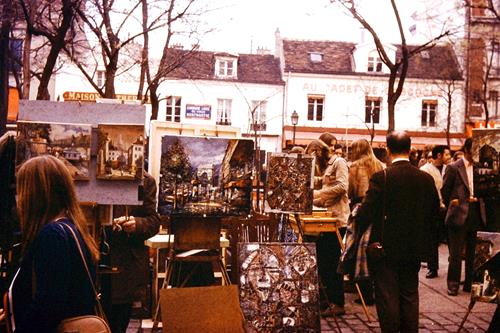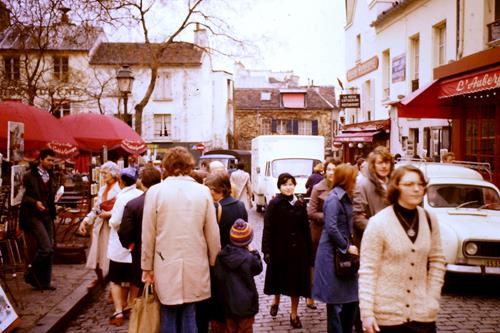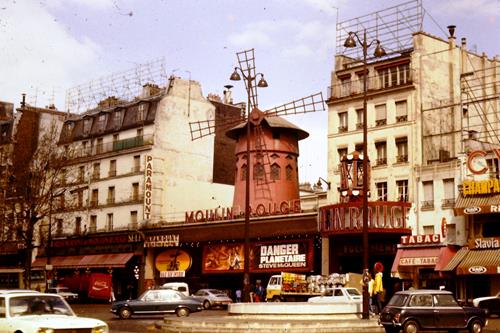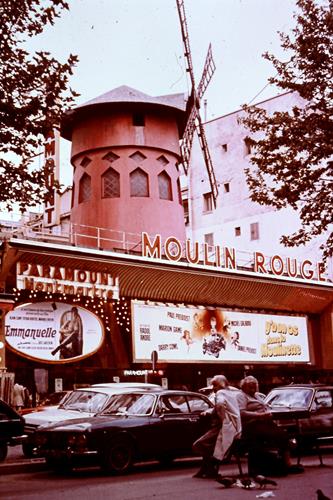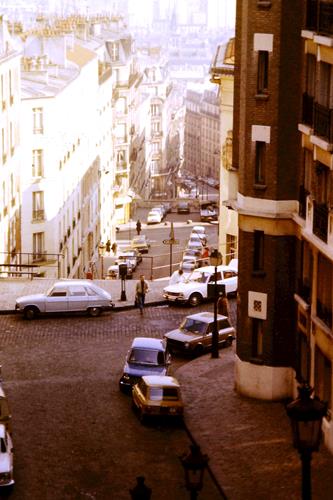
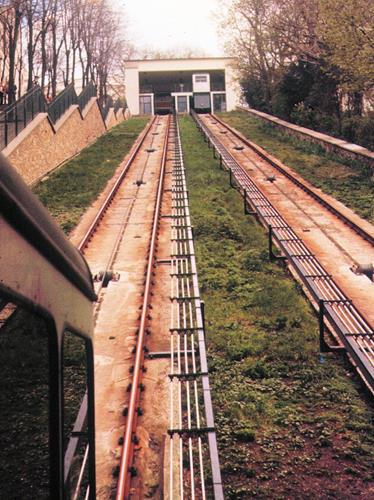
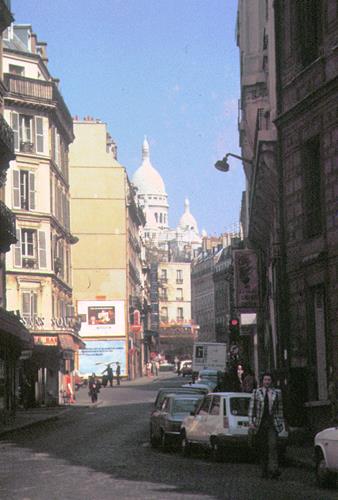
Montmartre
The Hill of Monmartre –
La Butte – was far outside the walls of Paris until the nineteenth century.
Its name probably comes
from a Roman Temple of Mercury (Mons Mercurii); but an old legend makes it the
Mount of Martyrs.
The
story goes that Saint Denis, Patron Saint of France, was Bishop of Paris during
one of the last waves of persecution before the Roman Empire became, at least
officially, Christian.
Bishops always being first on the chopping list, he was taken to the top of the
hill, along with two saintly chums, to have his head removed.
For some reason he objected,
not to the programme but to the venue; preferring to be executed – and buried –
in a village three miles further North.
The executioner expressed his deep regret at his
unfortunate ability to comply – or words to that effect – and did the job where
he was.
Whereupon Denis
stood up, picked up his head, and marched off to the North to get himself
buried.
Although the
grave is still there as evidence, it is only fair to point out that not a lot of
people actually believe this story.
The village around the tomb, however, now a large
town, is still called Saint-Denis; the basilica there was for centuries the
burial-place of the Kings of France.
And in stained-glass windows it’s always easy to spot
which Saint is Denis; he’s the one with ‘is ‘ead in ‘is ‘and.
Montmartre itself developed
over the years as a village with steep, winding streets, many composed entirely
of steps,
leading up to
what is now the highest point in Paris.
It was from the earliest times a favourite place for
artists, notably – at the end of the last century – the Impressionists.
Round the base of the hill,
dance-halls and night-clubs grew up, creating – with the help of the artists –
the whole legend of ‘Gay Paree’.
The night-clubs are still there, in the Place Pigalle
and Place Blanche and round about.
Pigalle, at the end of the Second World War, was an
area reserved for American Army officers, and so well guarded by Military Police
that the GIs called it ‘Pig Alley’.
In Place Blanche is the most famous of all the
night-spots, and the oldest though its building is new; the Moulin Rouge.
The name means the red mill;
the hill of Montmartre was once covered with windmills, some like this one
converted to dance halls.
The imitation mill in Place Blanche is one of only two
remaining.
The
independent Commune of Montmartre claims that it mills its own flour and grows
its own wine – in Paris’ only vineyard.
A few bottles a year, that’s all, and ninety percent
vinegar.
As the
night-clubs began to attract tourists, prices went up in Montmartre and the
artists moved out, mainly to Montparnasse;
but painters can still be seen exhibiting their work
for tourists in the Place du Tertre. If you want a quick portrait or silhouette
of yourself, this is the place;
as it is for imitation Rembrandts and sentimentalised
views of Old Paris. The quality of the paintings is by no means always as high
as the prices.



.jpg)
